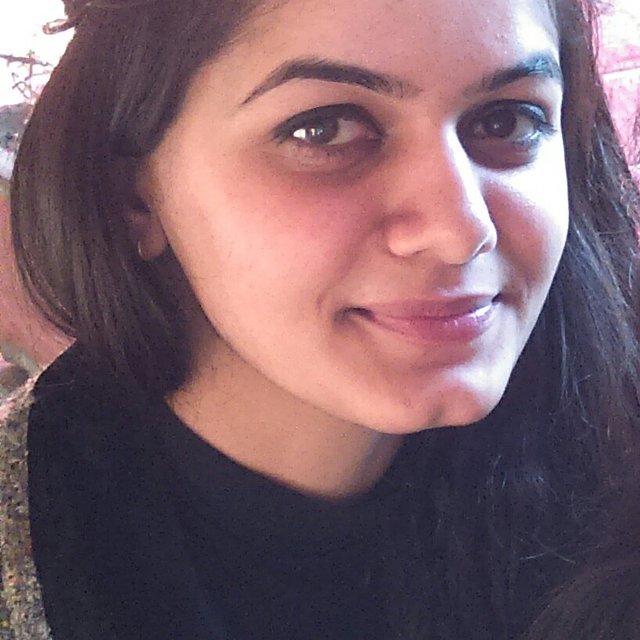Sustainable child health solutions: for the community, by the community
Kritika Choudhary, our Child Protection Analyst, has written on the success of community level health project in Jharkhand, and the successes it has achieved in supporting mothers and children around the time of childbirth.
Public health interventions that aim to save children’s lives primarily focus on improving facilities; things like building infrastructure and making services readily available. Communities, however, are often overlooked, but they can serve as important drivers of development. When considering the health of both mother and child before, during and after childbirth, it is essential to factor communities into the processes when implementing an intervention model.
This is the process CIFF is currently investing in with Ekjut, an organisation that focuses on reducing neonatal and maternal mortality rates in Jharkhand. Ekjut’s Facilitating Learning and Action Groups (FLAG) support communities at their roots to implement sustainable initiatives for advancing the health of mothers and children. Realising that the mortality rates are highest among the rural poor and marginalised communities, the target population in this region is mostly the scheduled castes and scheduled tribes. The tribes in particular are an extremely close-knit community, which is a social factor that can hugely assist in sustaining community-led health practices.
 Taking into account a community’s specific needs, Ekjut’s team employs the unique approach of Participatory Learning and Action (PLA). The Sahiya Sathis and Shiyas (frontline workers) are trained to disseminate the designed module to the women. They then conduct monthly participatory meetings bringing not only women, but the entire community together to learn about health practices during childbirth, alongside other core health lessons. At present, Ekjut is implementing the PLA model in 21 districts in Jharkhand.
Taking into account a community’s specific needs, Ekjut’s team employs the unique approach of Participatory Learning and Action (PLA). The Sahiya Sathis and Shiyas (frontline workers) are trained to disseminate the designed module to the women. They then conduct monthly participatory meetings bringing not only women, but the entire community together to learn about health practices during childbirth, alongside other core health lessons. At present, Ekjut is implementing the PLA model in 21 districts in Jharkhand.
The PLA programme has been successful primarily due to the following reasons:
1. Communities take ownership of their health: The team observed a monthly meeting on birth preparedness where the women of the community discussed the necessary steps to be taken before the delivery of a child. The Sahiya and Sahiya Sathis demonstrated how thermal care is essential in saving lives and reiterated these messages before closing the meeting. At no point during the entire meeting did the Ekjut team intervene or interrupt the session – it was by the community, for the community.
2. Government supports the system – The Government of Jharkhand has allocated funds under the National Health Mission[1] (NHM) for two consecutive years ($1.28m for 2018-19) and supports the PLA model. A GIS/MIS[2] dashboard to monitor real time data on scale up is now integrhttps://ciff.org/news/sustainable-child-health-solutions-community-community/#_ftn1ated within the NHM website. Other States are learning too: a 2016 Government of India’s directive to scale up PLA in 10 States and recent commitments from Governments of Madhya Pradesh and Assam are a testament to the success of this model.
3. Scale of positive impact – Within two years of scaling up with the Government of Jharkhand, we have encouraging results. Midline evaluation indicates significant trends in outcomes that contribute to reducing neonatal mortality – such as seven percentage points increase in birth preparedness, and 15 percentage points increase in infants wrapped within half hour of birth. In 2020, we will know the full statistics on neonatal mortality reduction in Jharkhand. The success of the PLA model has also been acknowledged and appreciated by the World Health Organisation (WHO). As a result of this, Ekjut was awarded the WHO India Public Health Champion Award in 2015 for innovation.
 The main success of this model is that it is the community which identifies problems, discusses causes and effects, and implements feasible solutions. Communities are able to evaluate the success of their actions and learn from personal, shared experiences; something that allows societies to be self-sufficient and take ownership of their own healthcare.
The main success of this model is that it is the community which identifies problems, discusses causes and effects, and implements feasible solutions. Communities are able to evaluate the success of their actions and learn from personal, shared experiences; something that allows societies to be self-sufficient and take ownership of their own healthcare.
This is one example where a huge change has occurred through the sharing of knowledge. FLAG has benefitted the marginalised populations through the most simple and clear messaging. It has not only been able to save children from dying but also lend itself to specific
scenarios and sustain positive impacts with very little intervention.
[1] Launched by the Government of India in 2013 focusing on states with poor infrastructure and low public health indicators.
[2] A near real time data monitoring system of the PLA meetings being conducted across the state of Jharkhand.

Kritika Choudhary
Kritika is an Analyst in Child Protection, and is based in the Delhi Office.